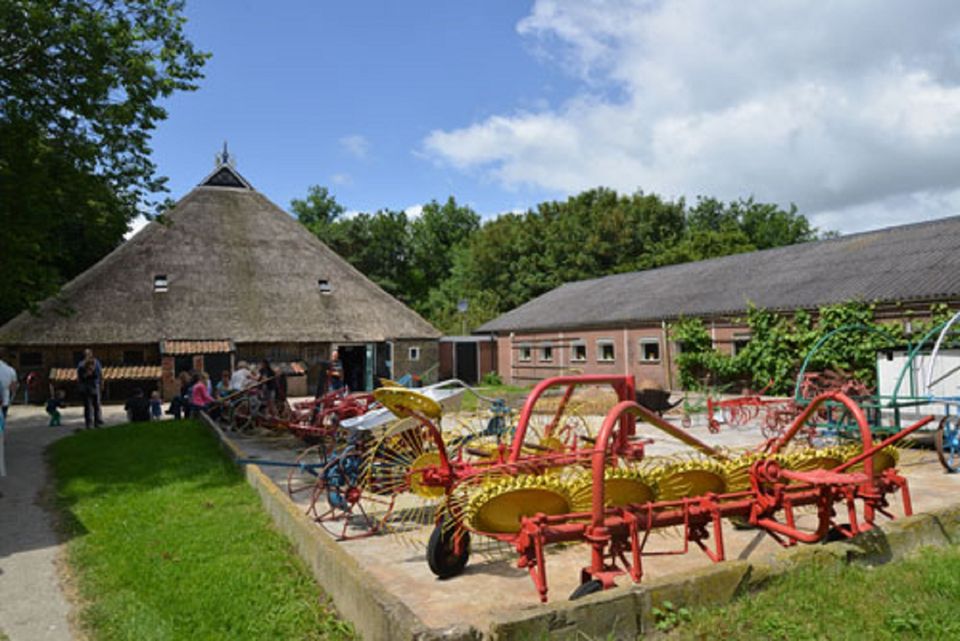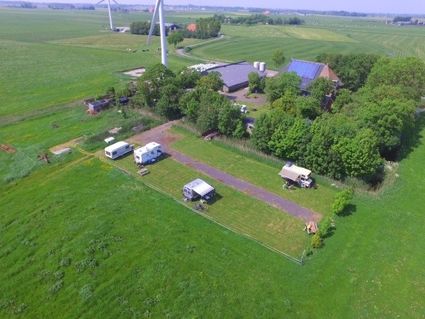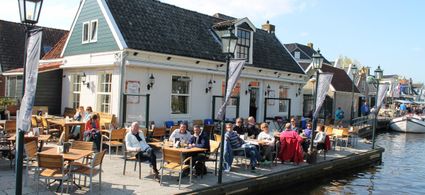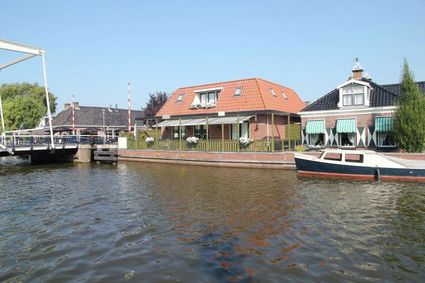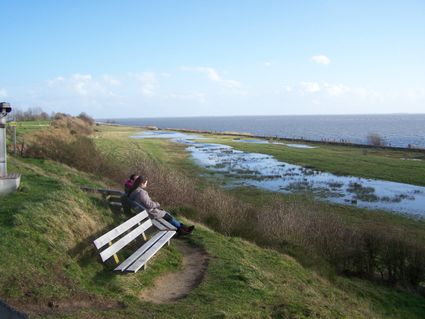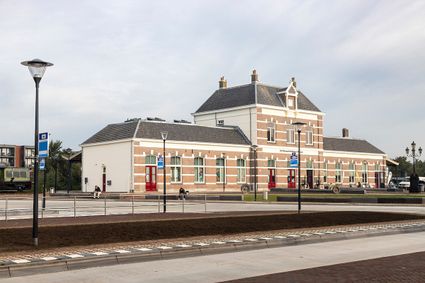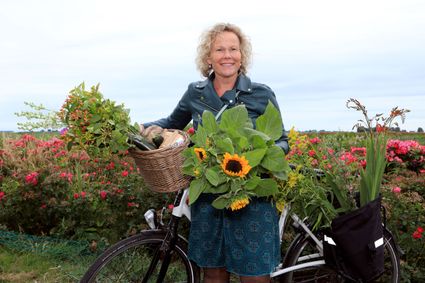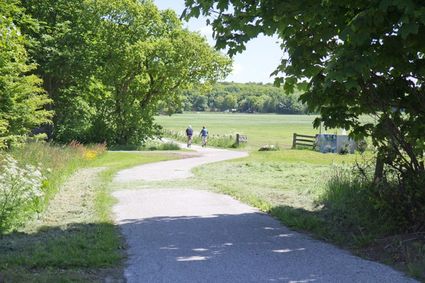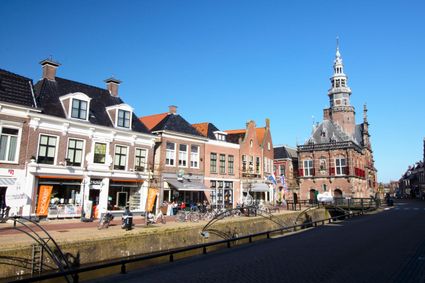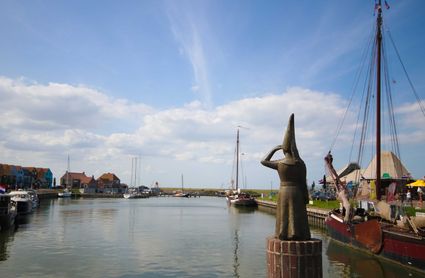Gaasterlands Streek Museum Eppinga Sate
Sondel
Museum with an old 'farm ark' in a beautiful farmhouse.
Take a look
Museum with an old 'farm ark' in a beautiful farmhouse.
The old farmhouse at 52 Jac. Boomsmastraat dates back to 1850 and has been inhabited by the Eppinga family for three generations. Resident Willem Eppinga was a great collector of old 'farm arks'. He collected these for decades, actually his whole life. A true farmer's century museum where you can learn about farm life from the beginning of the previous century to the present. Tastefully arranged and adorned with beautiful illustrations, you'll find a splendid collection of agricultural tools and utensils from yesteryear. Much work has been done to renovate the old farmhouse externally and restore it to its original state.
- Distance to your location:
Here you will find Gaasterlands Streek Museum Eppinga Sate
Jacobus Boomsmastraat 528565 GJ Sondel Plan your route
from your location
Locations
View all locations-
The liberation of Friesland
The liberation of Friesland
By 18 April, the whole province of Friesland had been liberated, except for the Wadden Islands. Compared to other provinces, there was little fighting in Friesland. Overall, the few thousand German troops who had been unable to escape from Friesland were defeated by the Canadians relatively quickly.
The commander of the Royal Canadian Dragoons, Lieutenant Colonel Landell, praised the actions of the resistance by stating that "Friesland liberated herself". While that may be a bit of an exaggeration, the actions of the Frisian resistance undoubtedly accelerated the liberation. And reduced the number of casualties on the Allied side.
At least 31 resistance fighters lost their lives in confrontations with German troops and their Dutch accomplices. At least eleven Canadians and one Frenchman were killed on the Allied side. Dozens of civilian victims were also killed in the fighting and shelling. The number of casualties on the German side is not known, but it is believed that the number ran into hundreds. With 320 destroyed and 4000 damaged homes and 80 destroyed bridges, Friesland was materially the least damaged province of the Netherlands.
Many German soldiers fled towards the western part of the country. The retreating German troops gathered mostly in Harlingen, Makkum and Lemmer. From there, they tried to get away by boat across the IJsselmeer or via the Afsluitdijk to North Holland. The Wadden Islands also became a refuge for collaborators and German soldiers. Here, liberation was longer in coming.
On the island of Terschelling, the last German troops were disarmed by a British artillery regiment on 29 May. Two days later, the British crossed from Terschelling to Vlieland, and the liberation of that island was also a fact. Ameland was liberated on 3 June.
Personnel from the infamous Scholtenhuis, the SD headquarters in Groningen, had entrenched themselves on Schiermonnikoog. After their departure on 31 May, there was a celebration on the island, in spite of the six hundred members of the occupying troops who still were there. Only on 11 June did the last German soldiers leave Schiermonnikoog, and then the whole province of Friesland was free.
Most Canadian units that had liberated Friesland continued the battle in Groningen and North Germany after 18 April. Their war ended on 8 May 1945, when the surrender of all German armed forces became effective.
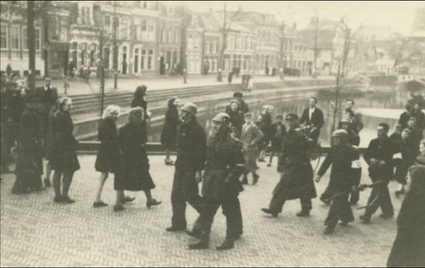
In the neighbourhood
View all routes-
Museum fietsroute Lemmer-Sloten-Oudemirdum
Museum fietsroute Lemmer-Sloten-Oudemirdum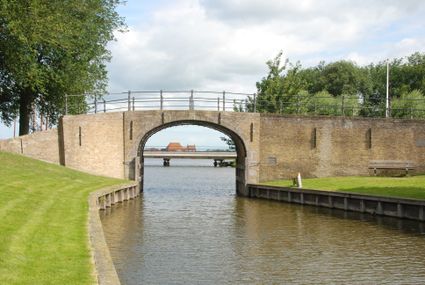 (34.5 km)Lemmer
(34.5 km)Lemmer -
11 Fountains Route (for motorists and motorcyclists)
11 Fountains Route (for motorists and motorcyclists)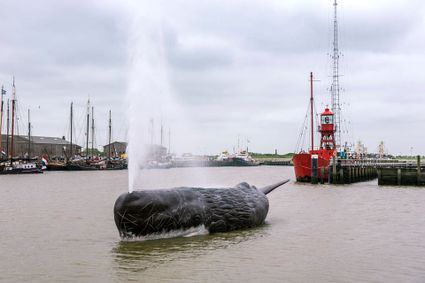 (198.0 km)Dokkum
(198.0 km)Dokkum -
Fietsen à la carte - La Douce in Waterland
Fietsen à la carte - La Douce in Waterland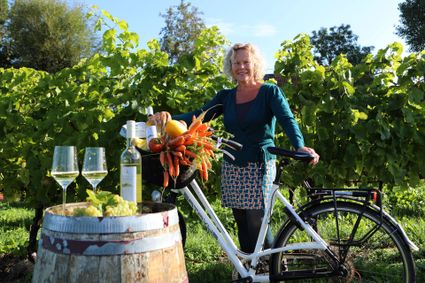 (43.0 km)Oudemirdum
(43.0 km)Oudemirdum -
Culinary Eleven Cities Cycling Tour: 7 Cities, 11 Culinary Treats
Culinary Eleven Cities Cycling Tour: 7 Cities, 11 Culinary Treats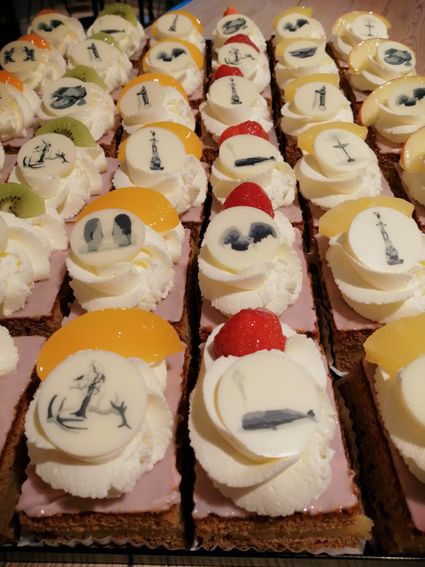 (114.0 km)Bolsward
(114.0 km)Bolsward
